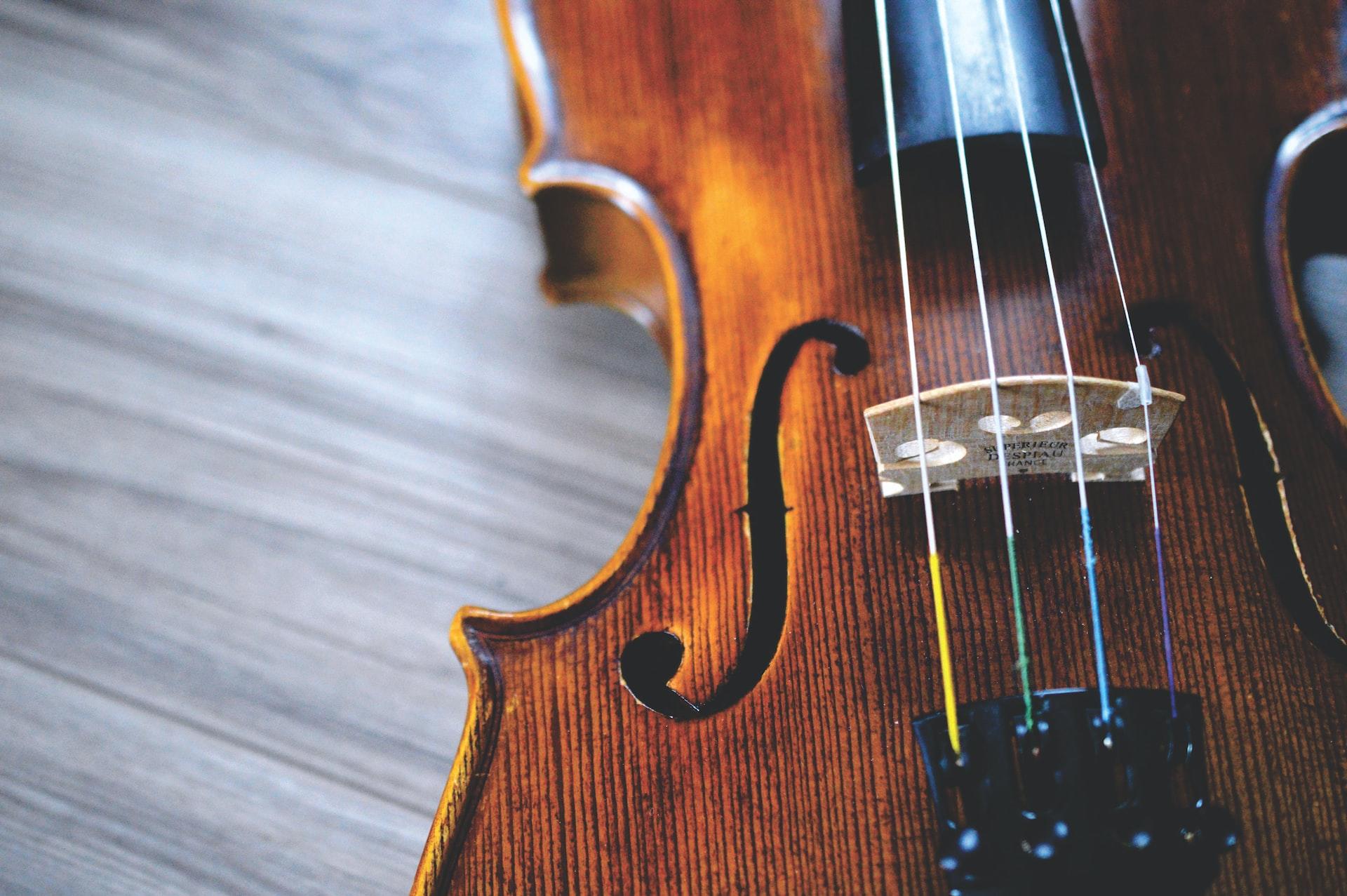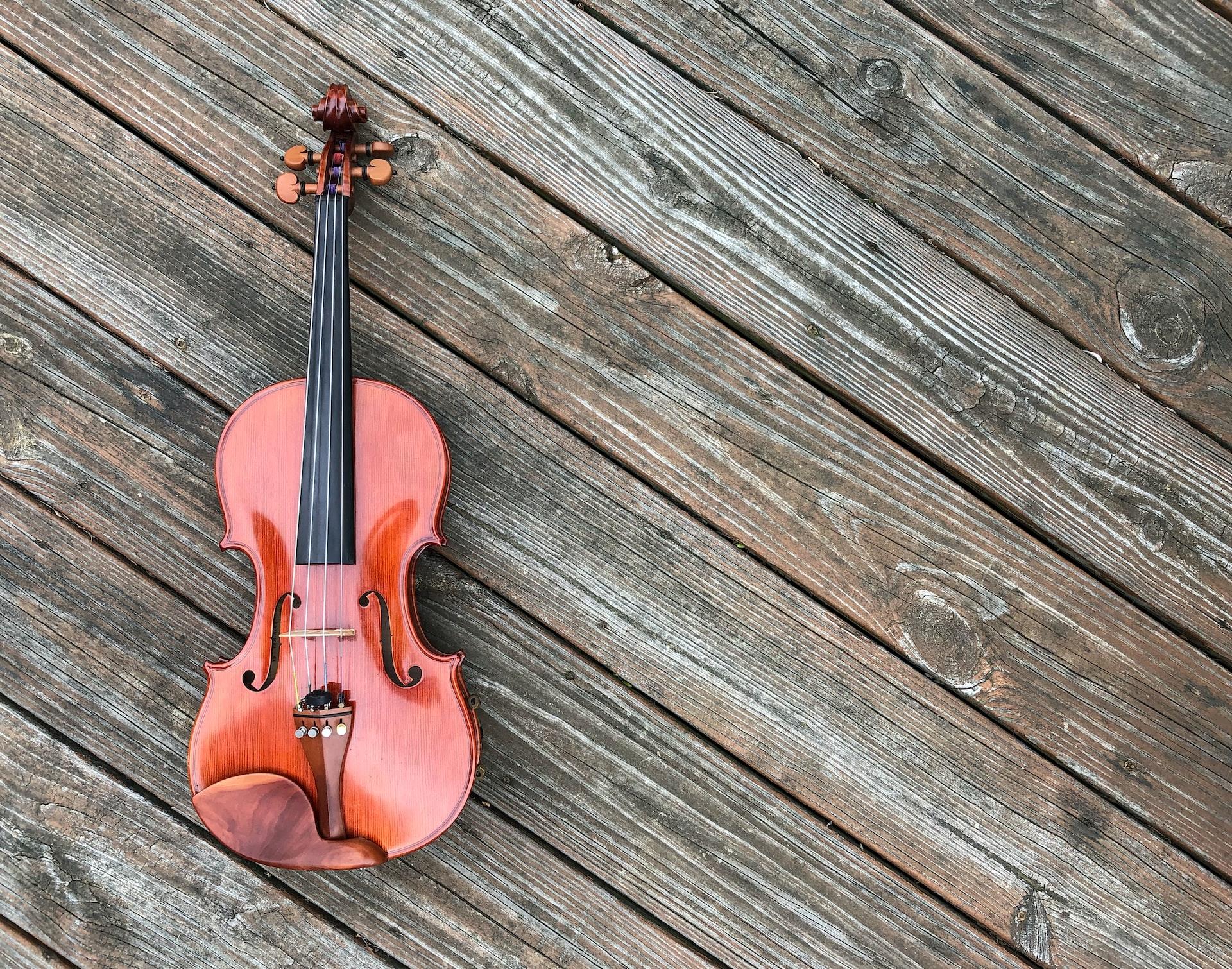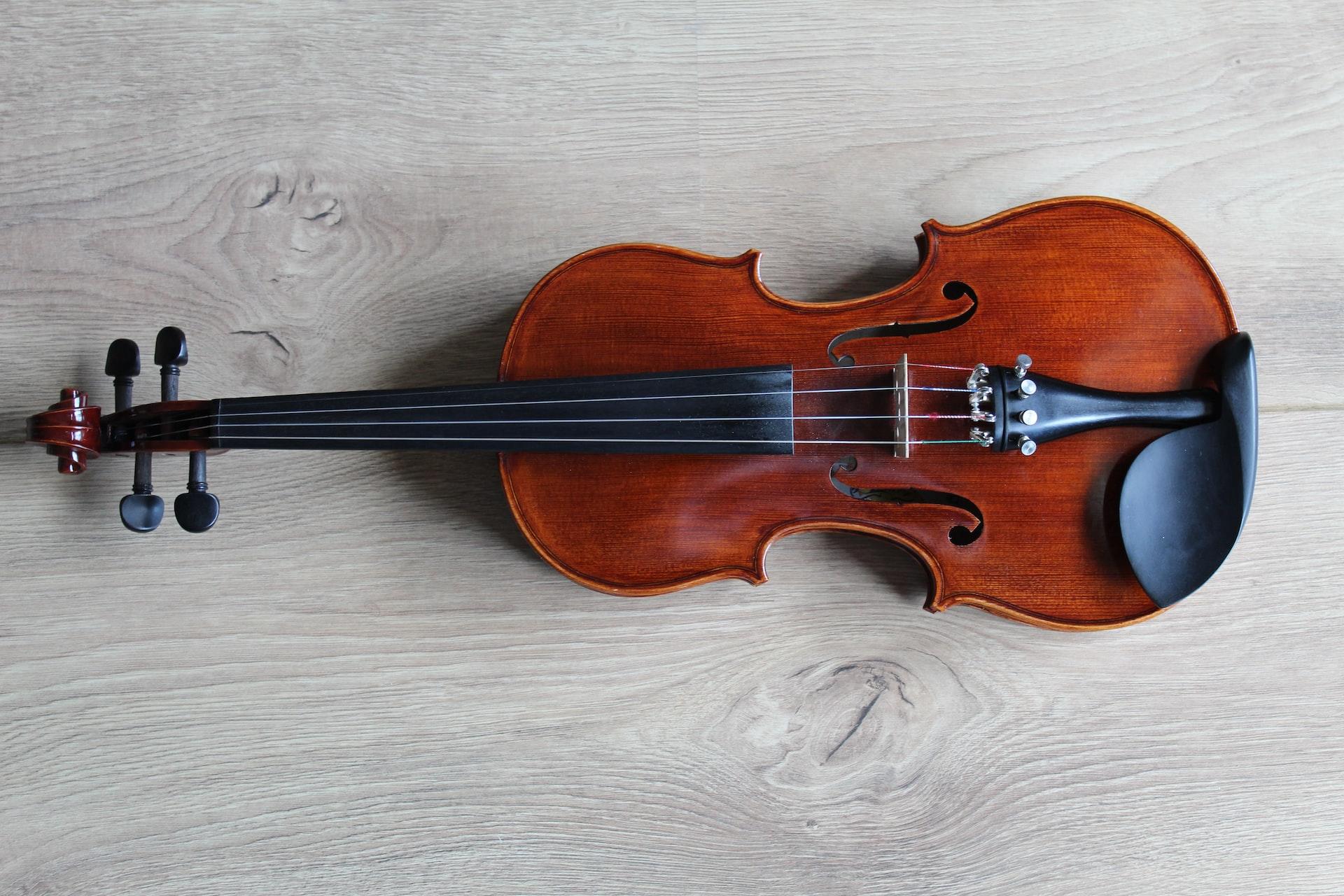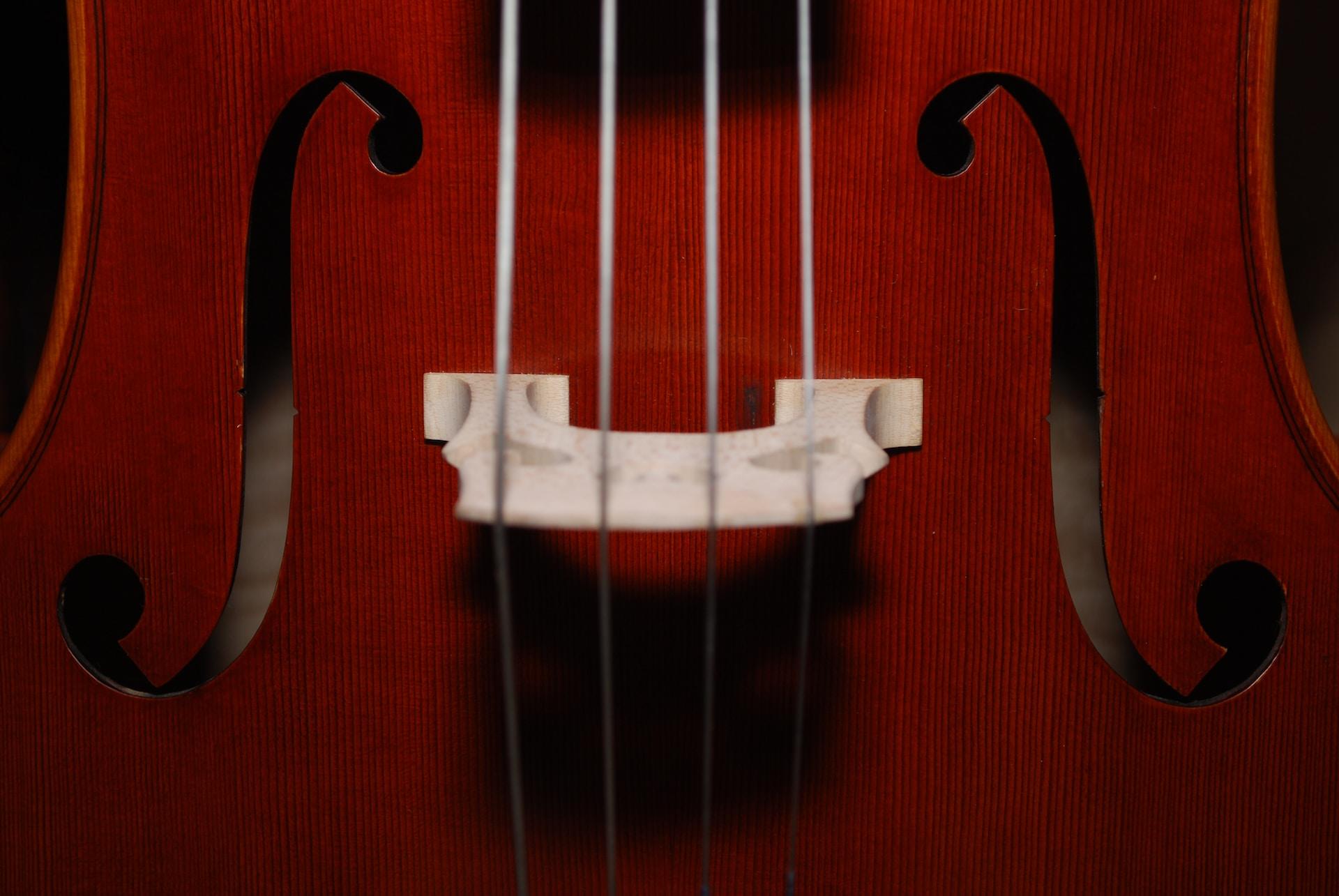If you're learning the violin in Australia, you don't necessarily need to take any exams or get any qualifications if you're doing it just for fun. However, if you'd like to play professionally or just have proof of your progress, there are several ways to do it.
The most obvious way is by taking a violin exam. The exams for violin are generally sorted into "grades" and a violinist's ability can often be quickly described in terms of their grade. There's a fairly comprehensive system in place for all classical musical instruments including the harp, bass, guitar, cello, viola, piano, etc.
For the violin, there are different exams, grades, and examining bodies so, naturally, there are different ways to prepare for them and even different scoring systems for your results.
Here, we'll have a look at the different examining bodies, the exams and grades you can take, what the best results are, and how you can get them.

How Many Violin Grades are there in Australia?
In Australia, there are two main examining bodies or assessment boards that we'll be focusing on: the Associated Board of the Royal Schools of Music (ABRSM) and the Australian Music Examinations Board (AMEB).

There are a few key differences between the two that are certainly worth considering if you choose to do their exams. As we'll explain in just a moment, the numbered grades don't align with one another so it's worth keeping that in mind.
How Many Grades Does AMEB Violin Have?
For AMEB, the syllabi and exams are split into three main levels. The various grades, certificates, qualifications, awards, etc. all fall under one of the three levels.
The level 1 qualifications include the preliminary violin and Grades 1 through 4.
At level 2, there are the Grades 5 to 8 and the Certificate of Performance.
Beyond that, there's level 3, which includes the Associate in Music, Australia (AMusA) and the Licentiate in Music, Australia (LMusA) qualifications.
AMEB, as the name indicates, is primarily based in Australia and the awards aren't as widely accepted as ABRSM.
How Many Grades Does ABRSM Violin Have?
ABRSM splits their violin grades slightly differently and goes from an introductory level to an advanced level.
The grades are numbered from 1 to 8 and there are also professional qualifications available for those who'd like to teach violin. These include the ARSM (Associate of the Royal Schools of Music), DipABRSM (Diploma of The Associated Board of the Royal Schools of Music), LRSM (Licentiate of the Royal Schools of Music), and the FRSM (Fellowship of the Royal Schools of Music).
As the licentiate, associate, and fellowship are much higher levels and mainly for those looking to focus on teaching or performance, we'll be focusing mostly on the numbered grades.
Is AMEB harder than ABRSM?
As both systems use a similar graded and numbered system, it's natural that people compare the two.
It should be noted that there is a difference between the levels. For example, grades with the same number across the two awarding bodies make comparisons seem obvious, but they're not aligned and nor do the awarding bodies claim that there is any alignment between the two.
AMEB considers their grades to be two higher than that of ABRSM. This would mean that Grade 1 of AMEB is equivalent to Grade 3 with ABRSM. However, in practice, this does depend on the exams themselves, what students have to do, and what an individual student's strengths and weaknesses are.
The only time it would matter is if you start on one grading system and are looking to shift to another. AMEB, as the name suggests, is mainly for Australia, is accepted in Australia, and doesn't tend to be widely recognised outside of the country.
ABRSM is a British awarding body but their awards are recognised in a larger number of countries. If you were to shift from one to the other, you'd probably have to add or subtract two from your current grade to transition more smoothly.
Again, this is not something that a student would be likely to do, but if it had to happen, that's how they'd do it.
How Can You Get a Distinction on your Violin Exam?
You may have heard of passing with high distinction or distinction. As with the grades, these will differ depending on the awarding body and whether or not you're doing an ABRSM or AMEB exam.

Let's quickly see what the key differences are.
What Is a Distinction in an AMEB Exam?
To make things a little confusing, AMEB also calls the results of individual exams "grades". Unlike Grades 1 through 8, which are the grades or proficiency of the violinist, which is classified as one of the three levels we mentioned earlier.
When a student sits an exam, their results are classified according to their performance. Much like results on a test in school, these can be given a grade that equates to a classic letter grade, often the letters A through D with F indicating a fail and plusses (+) and minuses (-) being used to further distinguish lettered grades.
In the case of AMEB, the letters A through D are used, but there aren't plus or minus grades for every letter. Instead, the lowest grade given is "Unable to Assess" (UA), which simply means the student's performance is not of a level high enough to issue a grade or a certificate. This is not a grade that any student would want to receive.
From there, the grades are as follows:
- D – Not Satisfactory
- C – Pass
- C+ – Pass with Merit
- B – Credit
- B+ – High Credit
- A – Pass with Honours
- A+ – High Distinction
According to AMEB, the high distinction means that the student has achieved everything an A-grade student needs including all syllabus objectives in all sections, stylistic awareness, plus performance flair, consistent technical fluency, and stylistic insight.
How Do You Get a Distinction in an ABRSM Exam?
In ABRSM, lettered grades aren't given. Instead for Grades 1 through 8, students are awarded either a Pass, Merit, or Distinction provided that they pass. There's also a "Below Pass" grade that, as you could guess, is the boundary just below a Pass.
There are a total of 150 points available in the exam across the various sections with 100 being needed for a Pass, 120 needed for a Merit, and 130 being needed for a Distinction.
Much like with AMEB, a Distinction means that the student has been accurate, consistent, and committed to their performance. You can also see exactly what you need to do to get a distinction for theory and performance by looking at the syllabus for your grade.

Can You Skip Grades in Violin?
Generally, a student will work their way through the grades as the syllabi are usually designed to build upon one another.

However, there's no real hard and fast rule as to what grade you have to do and if you have been playing for a while but haven't done any grading, then there's no reason you can't slot into the grade that's best suited to your ability.
Usually, your violin teacher or tutor will let you know which grade is right for you, but if you're just starting, don't try to run before you can walk. It's recommended that you just take the grades in order.
If you decide to shift from one awarding body to another, you'll likely have to skip grades or repeat grades, at least in terms of the number, as they don't line up. Remember between AMEB and ABRSM, the grades are not equivalent and there's a difference of around two grades.
If you're on AMEB, just add two to work out what your equivalent ABRSM grade would be. Conversely, if you've done your grading in ABRSM, then subtract two to work out your AMEB grade. In the latter case, you may have to repeat the same “number”, but remember that you're still progressing.
Tips to Help You Prepare for Your Violin Exam
For many students, these exams can be stressful. They'll test what you've been studying and practising in your lessons or private tutorials. To do well, here's some advice.

Choose the Exam Level
Firstly, you want to make sure that the grade that you're doing is appropriate to your level. If you've worked through the grades, this shouldn't be a problem, but if you've been playing for a while and looking to start working through the grades, it may be trickier.
If you're not sure, either speak to your teacher or tutor or just start at the very beginning with the lowest grade available.
Practise
Practice makes perfect and this is especially true of musical instruments whether it's the violin, cello, viola, bass, piano, or even singing! With complicated pieces, you want every note you have to play to come naturally.
Of course, in the event of sight reading or unseen pieces, you can't practise for them, but there are plenty of things you can do so that you're one with your violin. The more you play, the more familiar you'll be with your instrument and there are plenty of sight-reading exercises you can also do.
Scales, Exercises, and Pieces
In addition to regularly playing the violin, you'll want to take the time to practise scales, do exercises to improve your technical ability and rehearse the pieces you know that you'll have to play in your exam.
This is very much like practising, but with particular things. Your teacher or tutor will likely give you specific exercises and pieces to practise during your free time.
If you adequately prepare and practise, you'll do fine!
Get Help from a Tutor
Whether you're doing your preliminary grade, your numbered grades, the Certificate of Performance, or a high-level violin qualification like the associate, licentiate, or fellowship qualifications, a private tutor can help you with music theory, understanding the syllabus and what's expected of you, and the technical side of playing the piano.























